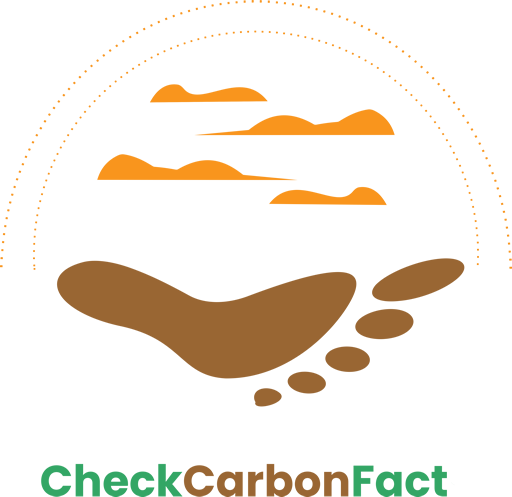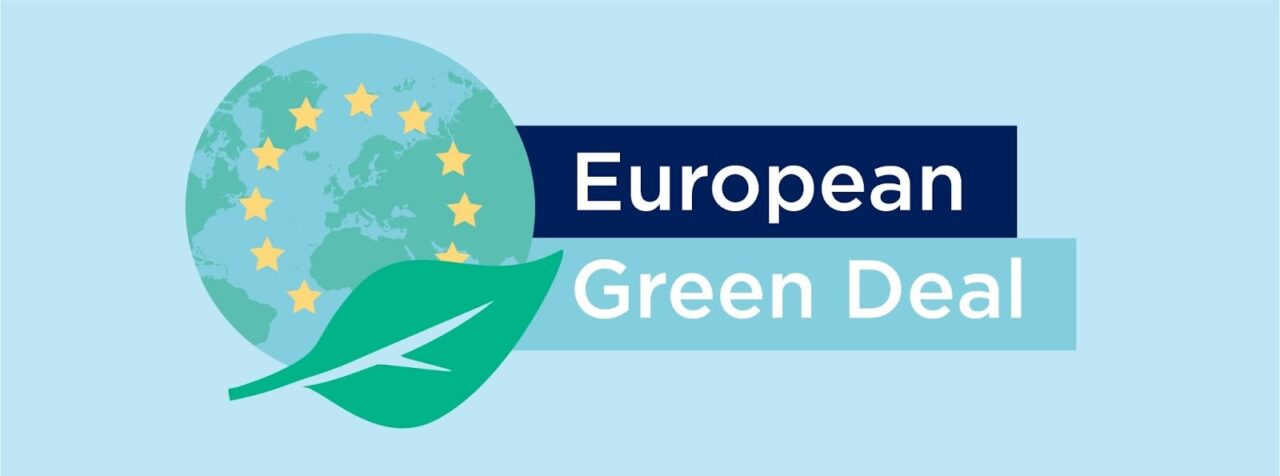Coined about 15 years ago, the term “green deal” represented the concept of a government-led initiative to reboot industry and infrastructure, addressing the urgent need to combat climate change. Today, the European Union (EU) stands as the first governing body to implement a Green Deal, marking a significant milestone in the global fight against climate change.
Since the early 1970s, the European Union has demonstrated a steadfast commitment to environmental protection. In December 2019, the EU member states presented the European Green Pact, also known as the European Green Deal, marking a historic pledge to make Europe climate-neutral by 2050. This ambitious initiative has evolved over the past two years, gaining significance as a key driver for economic recovery and a vital response to long-term climate change threats.
What is included in this plan? What are its consequences and significance? Do the suggested measures genuinely align with Europe’s environmental goals? To gain a deeper understanding, CheckCarbonFact has thoroughly examined the EU’s proposals in this article.
What is the EU Green Deal?
The EU Green Deal is a comprehensive set of policies and legislation aimed at reducing the European Union’s global warming emissions to zero over the next 30 years. This ambitious initiative is not only designed to safeguard the environment but also to enhance the quality of life for the nearly half-billion people residing within the EU.
The EU Green Deal, presented at the end of 2019, aligns with the goals set by the Paris Agreement. At the heart of the European Green Deal is the ambition to make Europe the world’s first climate-neutral continent by 2050.
The primary objective is to limit the global temperature increase to under 2 degrees Celsius, with an even more ambitious target of 1.5 degrees Celsius. This entails a commitment to reduce net greenhouse gas emissions by at least 55% by 2030 (compared to 1990 levels)—a target known as ‘Fit for 55’. And achieve net-zero emissions by 2050.
The overarching aim is to propel the EU into a modern, resource-efficient, and competitive economy while addressing the looming threats of climate change and environmental degradation.
Every industry within the EU will be impacted, with a particular focus on the financial and “real economy” sectors. The financial industry will experience increased regulation and subsidization to promote sustainable investments. In the real economy, the energy, transportation, building, and food sectors are expected to undergo significant transformations to align with clean energy, electric transportation, climate-proofing, and enhanced sustainability in agriculture.
Fit for 55
Fit for 55: Turning Ambitions into Law: At the heart of the European Green Deal is the Fit for 55 package, a set of proposals aiming to revise and enact legislation in climate, energy, and transport. The term “Fit for 55” corresponds to the EU’s commitment to reducing net greenhouse gas emissions by at least 55% by 2030, with the package designed to harmonize EU legislation with this ambitious target.
The European climate law mandates the achievement of the EU’s climate target, requiring a reduction of at least 55% in emissions by 2030, making it a legal obligation. As such, countries within the EU are actively developing new legislation to meet this goal and establish climate neutrality by 2050.
The proposed measures focus on ensuring a just and socially equitable transition, bolstering innovation and competitiveness in EU industries, and solidifying the EU’s global leadership in combating climate change. By aligning laws with climate goals, the EU strives for a balanced framework to meet its climate objectives.
The Four Pillars of the European Green Deal
The European Green Deal is founded on four main strategies, each integral to reshaping the European economic model:
- Supporting the ecological and digital transition of European industry.
- Supporting the development of the circular economy.
- Protecting biodiversity.
- Working on the integration of energy systems and hydroelectricity.
Goals and Policy Areas
The policy aims to achieve three primary goals:
- Net-zero emissions by implementing specific strategies across all sectors, with a focus on increasing the share of renewable energy in the EU’s energy mix.
- Decoupling economic growth from resource exploitation necessitates technological advancements and a fundamental shift in lifestyles and societies.
- Fostering an inclusive green transition through the Just Transition Mechanism, addressing socio-economic impacts and ensuring that no one is left behind.
The European Green Deal focuses on seven key areas, each addressing different aspects of sustainability and environmental concerns. The deal spans eight policy areas, including biodiversity, sustainable food systems, clean energy, and climate action. The key policies of the European Green Deal are:
- Increase the EU’s Climate Ambition for 2030 and 2050: The European Green Deal aims for the EU to achieve climate neutrality by 2050. To progress toward this goal, the European Climate Law was proposed and enacted, setting targets to reduce net greenhouse gas emissions by 55% by 2030 compared to 1990 levels across all sectors.
- Supplying Clean, Affordable, and Secure Energy: Since more than 75% of the EU’s greenhouse gas emissions come from energy consumption and production, a key policy is to decarbonize the EU’s energy system. This involves transitioning to cleaner and more renewable energy sources to meet the 2030 climate objectives and achieve carbon emission neutrality by 2050.
- Creating a Clean and Circular Economy: Achieving a climate-neutral and circular economy involves mobilizing industries. The circular economy action plan focuses on sustainable product policies, prioritizing material reduction, promoting circular design, fostering new business models, and enhancing extended producer responsibility to reduce emissions from the entire supply chain.
- Efficient Building and Renovating: Buildings are significant energy consumers and contributors to emissions. The policy emphasizes doubling the annual renovation rate of building stock, focusing on low-emission technologies, sustainable products, and services to improve energy efficiency and meet climate objectives.
- Accelerating the Shift to Sustainable and Smart Mobility: Transportation accounts for 25% of the EU’s total greenhouse gas emissions. The European Green Deal proposes measures to reduce transport-related emissions by 90% by 2050, emphasizing the shift towards sustainable and smart mobility solutions.
- “From Farm to Fork”: This policy extends to the food industry with the goal of designing a fair, healthy, and environmentally friendly food system. Objectives include ensuring food security, reducing the environmental footprint of the EU food system, strengthening resilience, and leading a global transition toward competitive sustainability in the entire food supply chain.
- Ecosystem and Biodiversity Preservation and Restoration: Targets in this area focus on effective afforestation, preserving and restoring existing forests, increasing carbon absorption, reducing forest fires, and promoting a bio-economy that respects ecological principles favorable to biodiversity.
- A Zero Pollution Ambition for a Toxic-Free Environment: This policy involves preventing pollution generation, as well as measures to clean and remedy existing pollution. The zero pollution action plan covers air, water, and soil to create a toxic-free environment.
Implementation and Financial Framework
The Just Transition Mechanism (JTM) ensures that regions most affected by economic changes receive targeted support to mitigate socio-economic impacts, especially in areas heavily dependent on fossil fuels. The plan also emphasizes collaboration with international partners to enhance global environmental standards.
Financing for the EU Green Deal will primarily come from the EU’s budget, supplemented by policies encouraging private sector investment with loan guarantees from the European Investment Bank.
To meet this ambitious carbon-neutrality goal, the European Commission has outlined a financial plan requiring 1 trillion euros in investments. Half of this funding will come from the EU budget and EU Emission Trading Scheme, with the other half from Invest EU. This financial commitment aims to support sustainable investments and create a framework to encourage private and public sector participation.
The EU Taxonomy is a crucial component that guides businesses looking to align with the Green Deal and scale up sustainable investments.
What’s Next for the EU?
The European Green Deal presents the EU with a unique opportunity to bring about sustainable and inclusive growth for current and future generations. The European Green Deal is not just a plan; it’s a commitment to building a greener, more resilient future for Europe and the world. While the European Green Deal is still in its early stages, the formal adoption of the European Climate Law has given the proposed policies the needed momentum.
Photo Credit: to70
Found it interesting and would like more in the mail?




